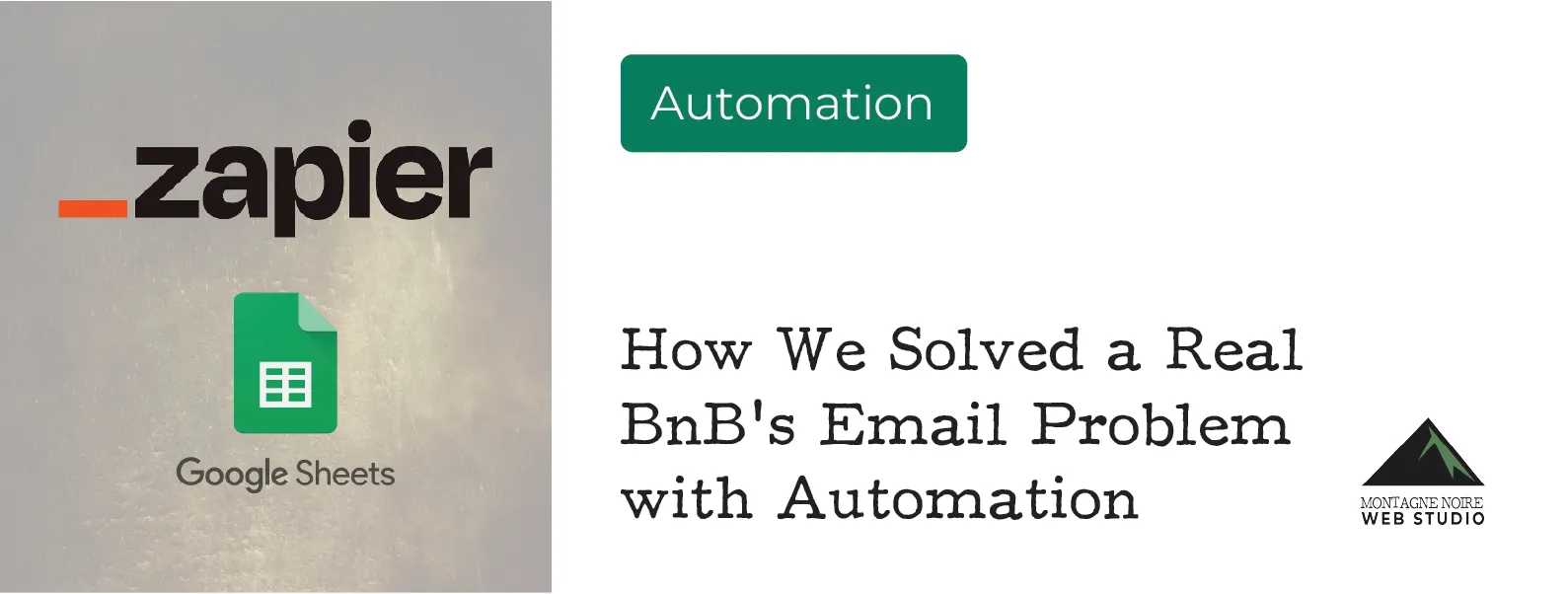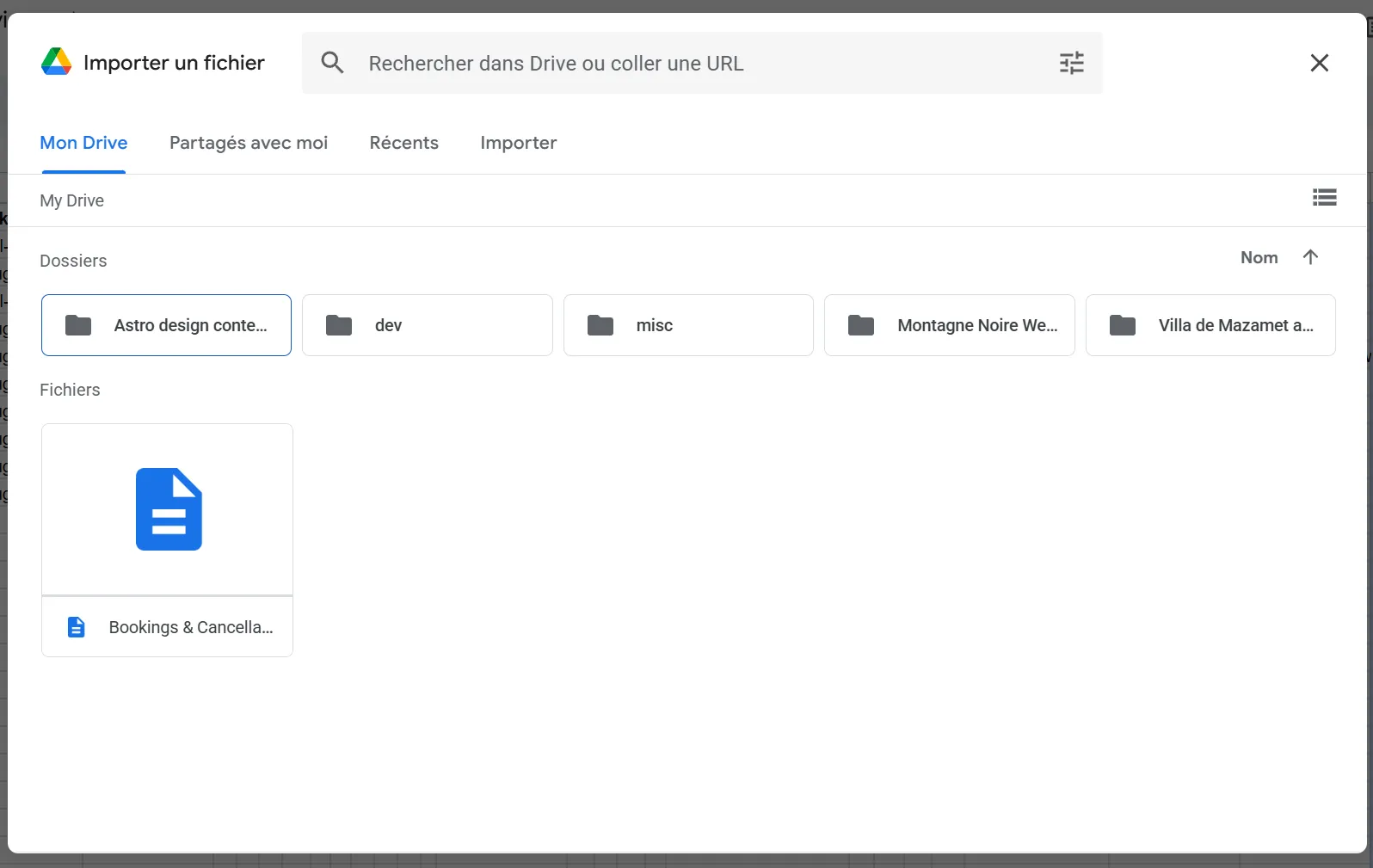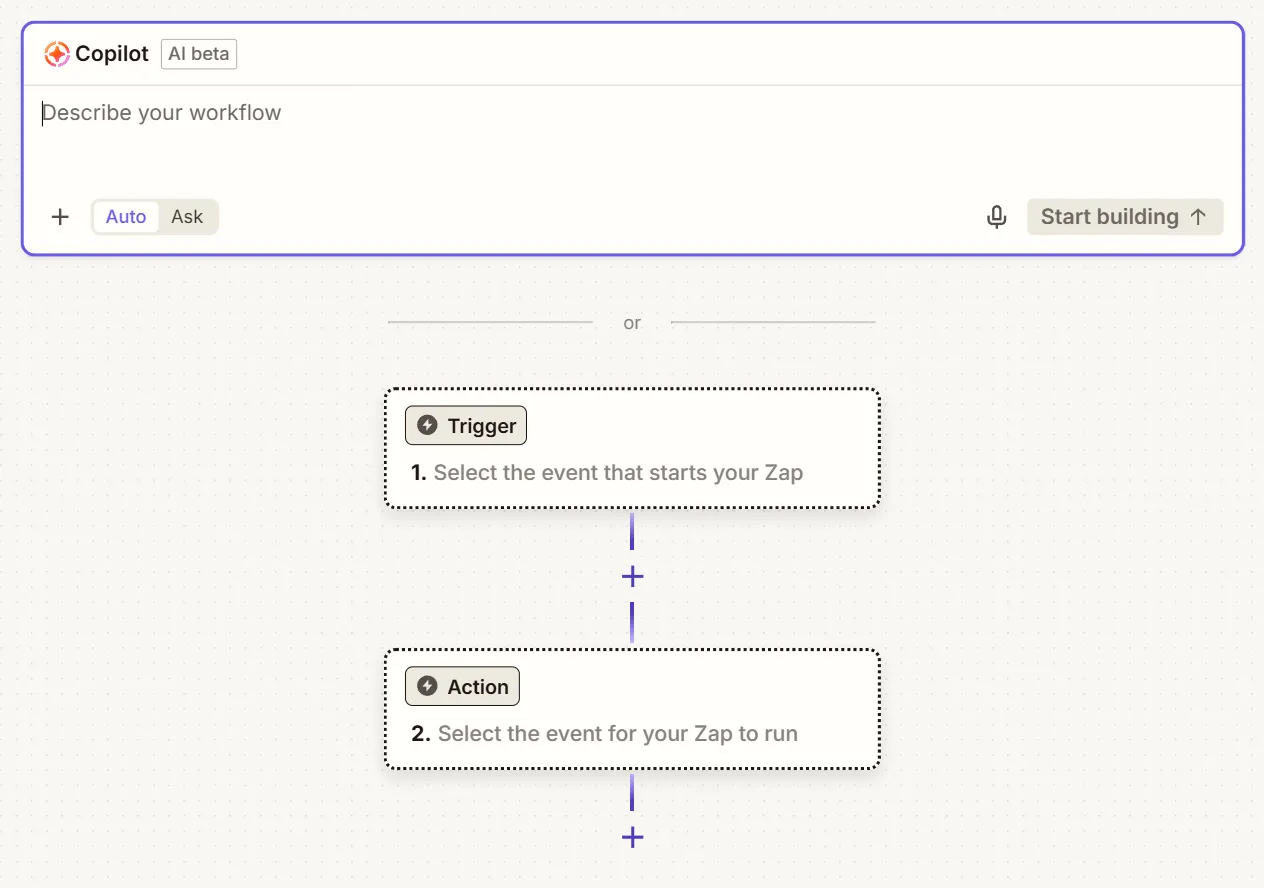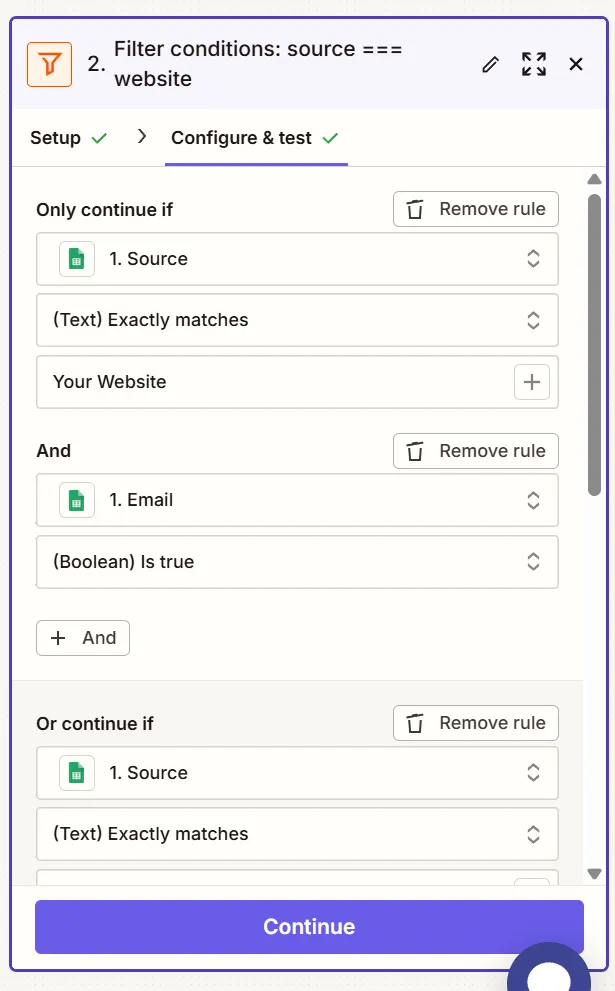Automating guest reviews: how we solved a BnB's email problem

A few months after having redesigned the website for La Villa de Mazamet, a charming bed and breakfast in southern France, our client approached us with a common hospitality problem
The Problem
“Every time guests check out, I manually send them an email asking for a Google review. With 20-30 guests per month, this takes hours and I often forget. Can this be automated?”
- La Villa de Mazamet
After discussing the scope and doing our research, we identified several constraints:
- Their booking system (Freetobook) had no API or webhooks
- Limited technical budget
- Needed to work with existing tools
- Had to handle both French and English guests
- The emails had to come from their business address, not a generic one
Could it be automated? Absolutely. Here’s how we solved it.
The Solution Architecture
Instead of complex custom development, we built a simple workflow:
Freetobook CSV Export → Google Sheets → Zapier → Personalized EmailsWhy this approach worked:
- Uses familiar tools (Google Sheets) and a no-code platform (Zapier)
- No API dependency
- Easy to maintain and modify
- Cost-effective ($20/month, or even free starter Zapier account vs. custom development)
- Client can manage it independently
Step-by-Step Implementation
Phase 1: Data Structure Setup
We started by analyzing Freetobook’s CSV export to identify the key data points:
Guest Name, Email, Check Out, Source, Country, ...Critical filtering requirements:
- Only email guests from direct bookings
- Send appropriate language (
Country = "FR"→ French, else English) - Avoid duplicate emails
Phase 2: Google Sheets as Data Hub
We created a Google Sheet to serve as the central data hub. The client would paste new guest data here every two weeks. The file would have two tabs: a Main sheet, and a Temporary sheet for new data.
Importing CSV Data
Use Google Sheets’ Import Feature:
- File → Import in Google Sheets
- Upload your CSV from the booking system
- Choose “Insert new sheet(s)” to keep data separate

Screenshot: Google Sheets Import dialog
Once this Google Sheet is set up, the client can easily add new guest data.
Updating Process:
- Export CSV from booking system
- Import to new sheet in Google Sheets
- Transfer new data to the Main sheet
- A few minutes later, Zapier automatically sends emails
Phase 3: Building the Zapier Automation
What is Zapier? Think of it as a digital assistant that watches for specific events (like new data in a spreadsheet) and automatically performs actions (like sending emails). It’s a so-called no-code tool because everything is done through a graphic interface.
Setting Up the Trigger
Step 1: Create Your First “Zap” A “Zap” is Zapier’s term for an automation workflow. We started by creating a new Zap and choosing our trigger, i.e. which event is going to start the whole automation process.

Screencap: your first zap!
Step 2: Connect Google Sheets
- Selected “Google Sheets” as the trigger app
- Chose “New or Updated Spreadsheet Row” as the event
- Connected the client’s Google account
- Selected their guest data spreadsheet
Why this works: Every time the client pastes new checkout data into their sheet, Zapier detects it and starts the automation.
Adding Smart Filters
Here’s where the magic happens. We don’t want to email all guests, only the right ones. And we needed to take their language into account. This is the part where we set up critical logical paths.
Step 3: Add Filter Conditions Zapier’s filter feature lets us set rules. Guests who booked through Booking.com or Airbnb usually don’t leave Google reviews, plus their email address is generally not made available. We added two critical conditions:
Filter #1: Direct Bookings Only
- Field: “Source”
- Condition: “Exactly matches”
- Value: “Your Website”

Screenshot: Filter setup showing Source field configuration
Filter #2: Valid Email Check
- Field: “Email”
- Condition: “Exists” (boolean: true)
Creating Language-Specific Paths
Step 4: Add Branching Logic Not all guests speak the same language. Using Zapier’s “Paths” feature, we created two separate workflows:
Path A: French Guests
- Condition: Country equals “FR”
- Action: Send French email template
Path B: International Guests
- Condition: Country does not equal “FR”
- Action: Send English email template
Now, each guest automatically receives an email in the appropriate language based on their country data.
Configuring Email Delivery
Step 5: SMTP Email Setup To send emails from the client’s business address, we used Zapier’s SMTP integration. Zapier offers two email options: “Email by Zapier” (sends from a generic Zapier address and has email volume limits, but is simpler to set up) and “SMTP by Zapier” which sends from your actual business email. We chose SMTP to maintain professional branding and avoid emails landing in spam folders.
SMTP Configuration Required:
- Host: mail.yourdomain.com
- Port: 587
- TLS: Enabled
- Username: Full email address
- Password: Email account password
Check your hosting provider’s documentation or email settings in your control panel for exact SMTP details.
Step 6: Email Template Design
Email templates are notoriously difficult to build because they’re HTML with extra complications like inconsistent client support and strict formatting requirements. This is where our hand-coded approach and design skills proved invaluable. Writing the template ourselves allowed us to avoid third-party services like Mailchimp, keeping the solution simple and cost-effective.
For each path, we configured:
- To: Pulls guest email from spreadsheet
- From: Client’s business email
- Subject: Language-appropriate subject line
- Body: Personalized message with a dynamic field for the guest name, both in HTML and plain-text as fallback.
Dynamic Fields Magic: Zapier automatically inserts guest names and other data from the spreadsheet into email templates.
Testing and Activation
Step 7: Test Every Component Before going live, we tested each step:
- Added test data to the spreadsheet
- Verified filters worked correctly
- Confirmed emails sent to proper addresses
- Checked both French and English paths
Step 8: Publish and Monitor Once testing passed, we published the Zap. The client can monitor all activity through Zapier’s dashboard.

Screencap: the whole workflow
The Client Workflow
Every 2 weeks, the client:
- Exports checkout data from Freetobook (30 seconds)
- Pastes new rows into Google Sheets (1 minute)
- Zapier Automation runs automatically within 15 minutes
- Reviews sent emails in Zapier dashboard
- Makes themselves a nice cup of coffee and enjoys the time saved
Results & Final Thoughts
As this implementation is still new, we don’t have exact numbers yet, but the client has already reported:
- ⏱️ Manual email time reduced drastically
- 📧 100% email delivery rate
- 😊 Client can focus on guest experience instead of admin tasks
- 🕒 Time saved: 2+ hours per month
”This simple automation transformed how we handle guest follow-up. We’re already getting reviews, and no more boring copy and paste and juggling between apps to send manual emails. Problem solved!”
- La Villa de Mazamet
This was our first time working with Zapier, and it proved to be a surprisingly pleasant experience. The drag-and-drop, visual canvas makes automation genuinely accessible for non-coders. Zapier’s extensive integration library covers most business tools, though some advanced connectors require a Pro subscription.
This automation solution with Zapier and Google Sheets we built for our client works beautifully for small to medium businesses that need reliable automation without the complexity of custom development. It’s particularly effective when your existing systems don’t offer APIs, but you have predictable data exports available.
Every business has repetitive tasks that drain time and energy from core activities. The key is identifying which processes can be simplified without overengineering the solution. Start small, prove the concept, then scale complexity only when necessary.
Want to explore automation solutions for your business? Contact us to discuss how simple workflows can solve complex problems.